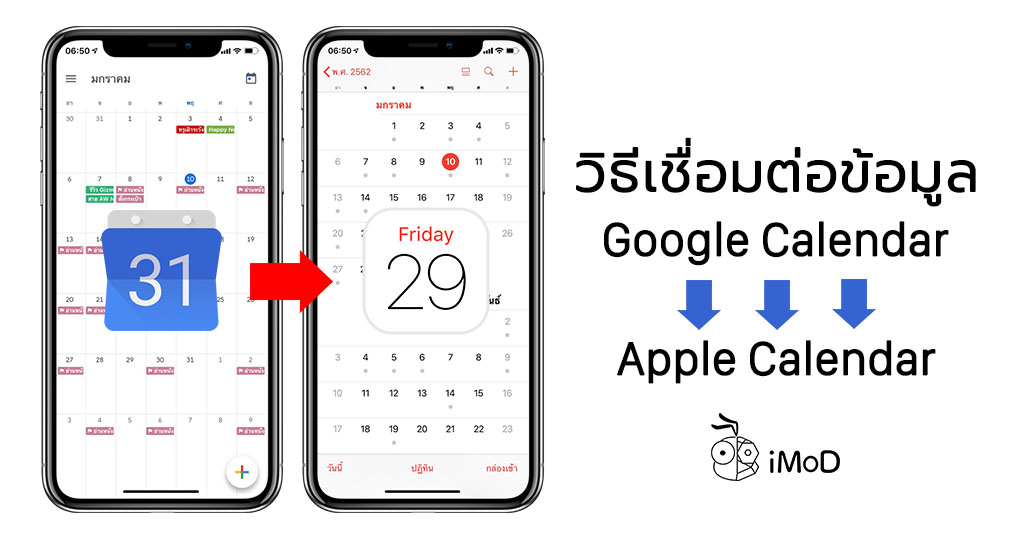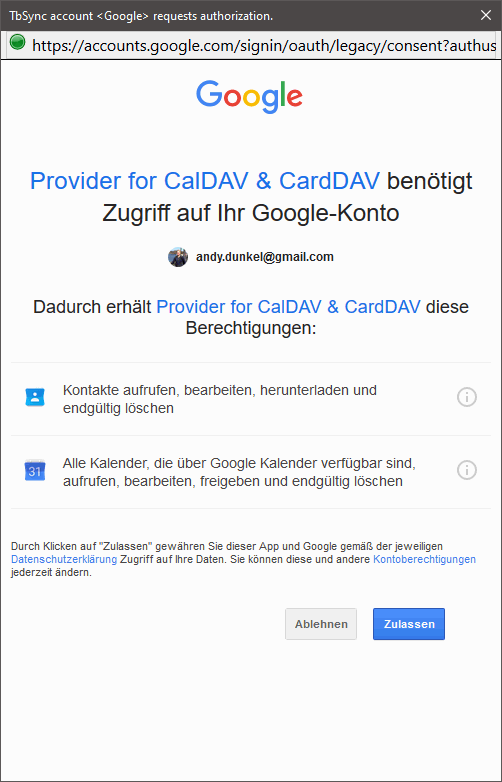
A single click on that status field will open the TbSync account manager. Open TbSync account managerĪfter the add-on has been installed successfully, the current status of the add-on is shown in the lower right corner of the main Thunderbird window. To get the latest features, you may try the latest beta. The official (stable) version might not be the latest release. To install the official version of TbSync, open Mozilla Thunderbird, go to the add-on page and search for TbSync. The iCloud calendars should appear in the Thunderbird Calendar and the synchronization is ready to use.Īt the end, for completeness, this is the version this tutorial used to do the tests of this process.The TbSync add-on is listed on (a.k.a. In the configuration tab for the iCloud account in TbSync, enable the synchronization for this account, select the synchornization interval, and select the calendars to be synchronized.Ĭlick the “Synchronize now”. Configure the TbSync to sync calendar from iCloud Now we have the new account for iCloud created in TbSync. It will show the connection info for us to confirm. Put the app-specific password into the Password field in the Thunderbird TbSync account creation dialog, and then log in.

An app-specific password will be shown after it is created. Visit iCloud from our browser to create an app-specific password using the “App-specific Password” function from iCloud management page. We should use a app-specific password.Ĭreate iCloud app-specific password for Thunderbird and log in from TbSync

Note that here the password is NOT the iCloud password, as the Notes part suggests. Next step will be inputting the iCloud credentials.

As the “CalDVA and CardDAV” Provider is available, the dialog will appear to select the Sever Profile. We can do the above steps again to add “CalDVA and CardDAV” account now.

Click the link and install the add-on as it suggests. Now it will tell us to install the “CalDAV and CardDAV” provider add-on.


 0 kommentar(er)
0 kommentar(er)
